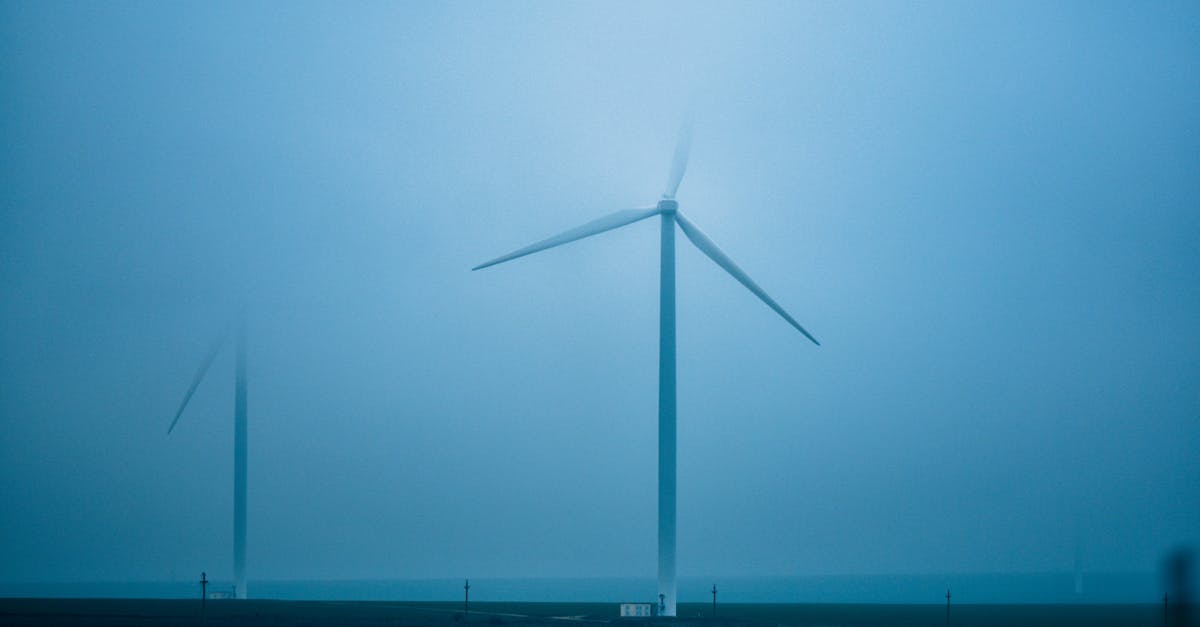*****The Oasis Within: Atmospheric Water Generators Quench Our Thirst for a Sustainable Future*****

From Air to Oasis: Unraveling the Wonders of Atmospheric Water Generators
In a world facing increasing water scarcity and environmental challenges, the advent of atmospheric water generators (AWGs) offers a beacon of hope. These innovative devices have the remarkable ability to extract moisture from the air, providing a sustainable and decentralized source of water. As we delve deeper into the science, types, benefits, challenges, and future applications of AWGs, we uncover their transformative potential to turn even the driest of environments into verdant oases.
Intriguing Sub-title that meets the intent of the article
The Oasis Within: Atmospheric Water Generators Quench Our Thirst for a Sustainable Future
Thank you for reading this post, don't forget to subscribe!
Atmospheric water generators are quietly revolutionizing the way we think about water security and sustainability. They offer a glimpse into a future where we can tap into the vast reservoir of moisture in the air, creating a world where water scarcity is a thing of the past.
1. The Science of Atmospheric Water Generation
The Science of Atmospheric Water Generation
Atmospheric water generators (AWGs) are ingenious devices that harness the power of condensation and cooling to extract moisture from the air. The process, akin to the formation of dew on a cool morning, relies on the principle that warm air can hold more water vapor than cold air.
Inside an AWG, warm, humid air is drawn into a cooling chamber. As the air cools, its capacity to hold water vapor decreases, causing the water vapor to condense into liquid water. This condensed water is then collected and stored for use.
The efficiency of an AWG is influenced by several factors, including the temperature and humidity of the surrounding air. AWGs perform optimally in warm, humid environments, where the air contains more water vapor to extract. As the air temperature decreases, the AWG’s efficiency also decreases.
2. Types of Atmospheric Water Generators

Types of Atmospheric Water Generators
Atmospheric water generators (AWGs) come in various types, each tailored to specific applications and environments. Commercial AWGs are designed for large-scale water production, often used in arid regions or areas with limited access to clean water. These units are typically more powerful and have a higher water production capacity than residential AWGs.
Residential AWGs, on the other hand, are designed for household use. They are smaller in size and have a lower water production capacity compared to commercial units. However, they are more affordable and suitable for individual homes or small communities.
Portable AWGs are compact and lightweight, making them ideal for outdoor activities, camping, or emergency situations. These units are typically powered by batteries or solar panels, allowing for use in remote locations without access to electricity.
3. Benefits of Using Atmospheric Water Generators
Benefits of Using Atmospheric Water Generators
Atmospheric water generators (AWGs) offer a multitude of benefits, making them an attractive solution for water security and sustainability. One of the primary advantages is their ability to provide independence from traditional water sources. AWGs can generate water from the air, eliminating reliance on municipal water supplies, wells, or bottled water. This is particularly beneficial in remote areas, disaster-stricken regions, or communities facing water scarcity.
AWGs also have a positive environmental impact. By reducing the need for bottled water, they contribute to a decrease in plastic waste. Additionally, AWGs do not require the construction of dams or reservoirs, preserving natural ecosystems and biodiversity. Furthermore, AWGs can improve indoor air quality by reducing dust, allergens, and other pollutants.
Water Security and Independence
Water Security and Independence
Atmospheric water generators (AWGs) offer a reliable and decentralized water source, providing communities with greater water security and independence. Unlike traditional water sources, such as municipal supplies or wells, AWGs are not susceptible to droughts or water shortages. They can generate water from the air, regardless of the local climate or weather conditions. This makes AWGs an invaluable resource for regions facing water scarcity or those vulnerable to the effects of climate change.
By providing a decentralized water source, AWGs empower communities to take control of their water security. AWGs can be installed in individual homes, businesses, or community centers, eliminating reliance on centralized water infrastructure. This is particularly beneficial in remote or disaster-prone areas where access to clean water can be limited.
Environmental Sustainability
Environmental Sustainability
Atmospheric water generators (AWGs) have a positive environmental impact by reducing the need for bottled water, desalination plants, and transportation. Bottled water production and transportation contribute to plastic waste and greenhouse gas emissions. AWGs provide an alternative source of clean water, eliminating the need for plastic bottles and reducing the environmental footprint associated with their production and disposal.
Desalination plants, while providing a source of water in coastal areas, have their own environmental drawbacks. They require large amounts of energy and can disrupt marine ecosystems. AWGs offer a more sustainable solution, as they do not require the use of fossil fuels or chemicals and do not harm the environment.
Improved Indoor Air Quality
Improved Indoor Air Quality
In addition to providing a reliable water source and environmental benefits, atmospheric water generators (AWGs) also contribute to improved indoor air quality. AWGs can reduce dust and allergens in the air, creating a healthier living environment. As AWGs extract moisture from the air, they also capture airborne particles, including dust, pollen, and pet dander. This can significantly improve air quality, especially for individuals with allergies or respiratory conditions.
By reducing dust and allergens, AWGs can help to alleviate symptoms such as sneezing, coughing, and congestion. They can also improve sleep quality and overall well-being. AWGs are particularly beneficial in dry climates or during seasons when indoor air quality is poor due to factors such as wildfires or high pollen counts.
4. Challenges and Limitations of Atmospheric Water Generators

Challenges and Limitations of Atmospheric Water Generators
While atmospheric water generators (AWGs) offer numerous benefits, they also have some potential drawbacks and limitations that should be considered. One of the primary challenges is their cost. AWGs can be expensive to purchase and install, especially for larger units with higher water production capacity. The cost of AWGs can vary depending on factors such as the size, efficiency, and brand.
Another limitation of AWGs is their efficiency. AWGs are most efficient in warm, humid climates where there is more moisture in the air to extract. In dry climates or during seasons with low humidity, AWGs may produce less water or require more energy to operate. Additionally, the efficiency of AWGs can decrease over time as the filters and components need to be cleaned or replaced.
5. Future Applications and Innovations
Future Applications and Innovations
The future of atmospheric water generation (AWG) technology holds exciting possibilities. Emerging applications and innovations are shaping the industry, expanding the potential of AWGs and their impact on water security and sustainability. One promising area is the integration of AWGs with renewable energy sources, such as solar and wind power. By utilizing renewable energy to power AWGs, we can create truly sustainable and off-grid water systems.
Another innovation is the development of portable and wearable AWGs. These compact devices could provide individuals with access to clean water in remote or emergency situations. For example, wearable AWGs could be incorporated into backpacks or clothing, allowing hikers, campers, and disaster survivors to generate their own water from the air.
6. Conclusion: The Oasis Within
Conclusion: The Oasis Within
Atmospheric water generators (AWGs) represent a transformative technology with the potential to revolutionize the way we think about water security and sustainability. By harnessing the power of condensation and cooling, AWGs can extract moisture from the air, providing a reliable and decentralized source of clean water. This technology holds immense promise for addressing water scarcity in arid regions and communities facing water shortages.
AWGs not only provide access to clean water but also contribute to environmental sustainability. By reducing reliance on bottled water, desalination plants, and long-distance water transportation, AWGs can minimize plastic waste, conserve energy, and protect ecosystems. Additionally, AWGs can improve indoor air quality by reducing dust and allergens, creating healthier living environments.
Are atmospheric water generators expensive to operate?
The operating costs of atmospheric water generators (AWGs) vary depending on the size and efficiency of the unit, as well as the local climate. In general, AWGs consume electricity to power the cooling and condensation process. The cost of electricity will vary depending on the region and energy rates. However, AWGs can be more cost-effective than traditional water sources in areas where water is scarce or expensive.
Can atmospheric water generators produce enough water for a household?
The water production capacity of atmospheric water generators (AWGs) varies depending on the size and efficiency of the unit, as well as the local climate. Some residential AWGs can produce up to several gallons of water per day, which may be sufficient for a household’s drinking, cooking, and basic hygiene needs. However, it is important to note that AWGs are not a replacement for traditional water sources, such as municipal water supplies or wells.
Are atmospheric water generators noisy?
The noise level of atmospheric water generators (AWGs) varies depending on the size and design of the unit. Some AWGs may produce a gentle humming sound during operation, while others may be virtually silent. It is important to consider the noise level when choosing an AWG for indoor use, especially if it will be placed in a bedroom or other quiet area.




